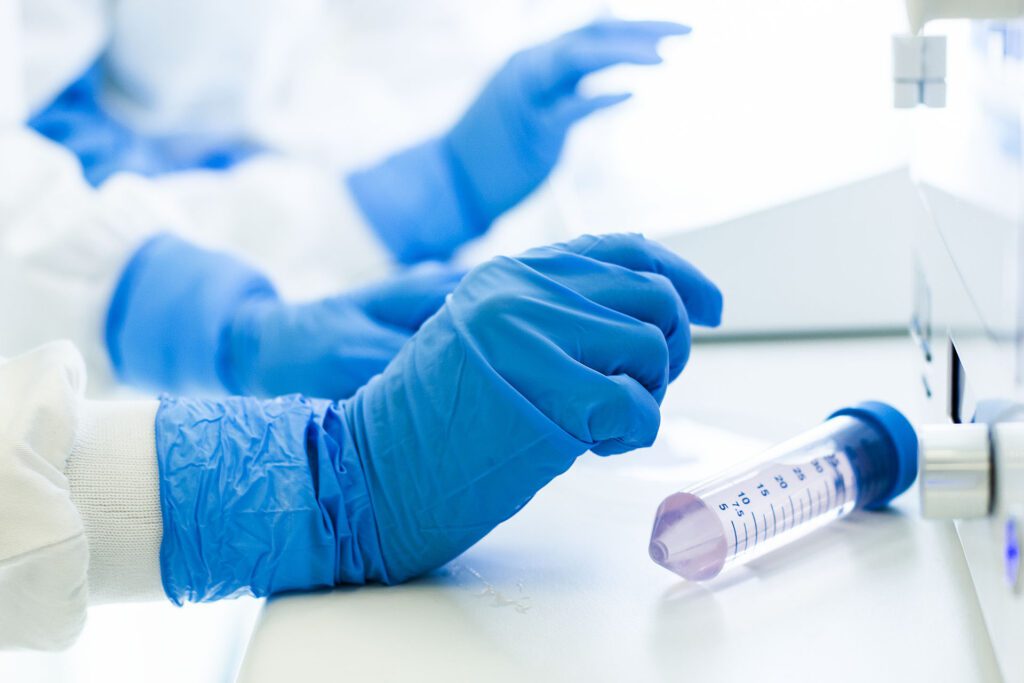Advanced In Vitro 3D Models to Investigate iPSC Pluripotency and Capillary Network Formation of HUVECs
Application note details 3D bioprinting iPSCs to study pluripotency. A co-culture of human umbilical vein endothelial cells (HUVECs) and human dermal fibroblasts (HDFs) and a monoculture of induced pluripotent stem cells (iPSCs) were embedded in a selection of biomaterials for 7 days. Application note compares cellular markers from the 3D cultures bioprinted with the BIO X versus 2D controls. iPSCs formed clusters, remodeled their cellular assembly, formed torus-like structures and retained pluripotency in 3D. Results suggest that scientists can perform more advanced experiments with differentiated stems cells. Advanced experiments with differentiated stem cells could aid in the understanding of embryogenesis, angiogenesis, wound healing, tumor formation and drug development.
Learn how:
- A 3D environment is crucial for the development of complex structures and the network formation of HUVECs.
- In the 3D cultures, iPSCs formed clusters, remodeled their cellular assembly and formed torus-like structures, but not in the 2D controls.
- The iPSCs’ ability to retain pluripotency in 3D might enable more advanced experiments that require the differentiation of stem cells.






